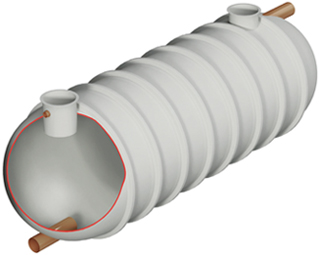Water is a finite and extremely precious resource. It is a staple used for a million and one things in everyday life, from cleaning to cooking and drinking. Big industry and agriculture use copious amounts of water for their day to day operations as well.
So as not to deplete the limited source of water, it is vital that water be recycled and reused. However, when we use water, certain impurities are deposited that can affect its future use and the environment as well. It is for this reason that treating waste water before it is reused is essential.
The water pumped into our homes and factories come from rivers, reservoirs, springs, and wells. Before used water can be returned to these sources, it must first be treated so as not to present any damaging effects. This is a vital part of the water cycle to protect life in our rivers and other bodies of water and ensures that the water is clean and safe for future use.
Early practices of dumping wastewater into waterways turned them into open drainage and sewage systems of the time. It was in 1859 when the Thames became unbearably malodorous and was known as the “Great Stink” which even caused the suspension of the House of Commons. This event is what encouraged the construction of a proper sewer system in London which would be the standard for the rest of UK.
The first step in treating wastewater is collection. In modern cities, collection is done through a series of sewers where waste water drains to from our homes and factories. There are also drains that collect rain water run-off like on streets and from roofs. These drains often function through gravity but there are instances when pumping stations are also used.
Once collected, the waste water undergoes several steps of treatment. First would be the preliminary treatment process which readies the water for the main process. This includes the screening and removal of grit, oil, and grease. The next step would be the settlement stage wherein the water is pumped into large tanks where other sediment settles and is scraped off from the bottom.
The secondary treatment stage is to rid the water of biological contaminants. There are two types of filtration systems used: biological filtration and activated sludge. There are hybrids of these two systems also used. In both systems, the goal is to either pass the water through filters where biological contaminants are trapped and removed or creating environments where the contaminants can be separated from the usable water. The tertiary stage of treatment uses additional filters and settlement ponds to rid the water of other contaminants. These processes are called “polishing” done by use of sand or gravel filters.
Today over 95% of the population in the UK are connected to wastewater treatment facilities. This is made possible by over 300,000 kilometres of sewers. More than 9000 wastewater treatment facilities provide the UK with safe, clean water. Without such modern technology and infrastructure, cities like London would be overwhelmed by pollution which could result to major outbreaks of disease like cholera and dysentery.
Go back to








